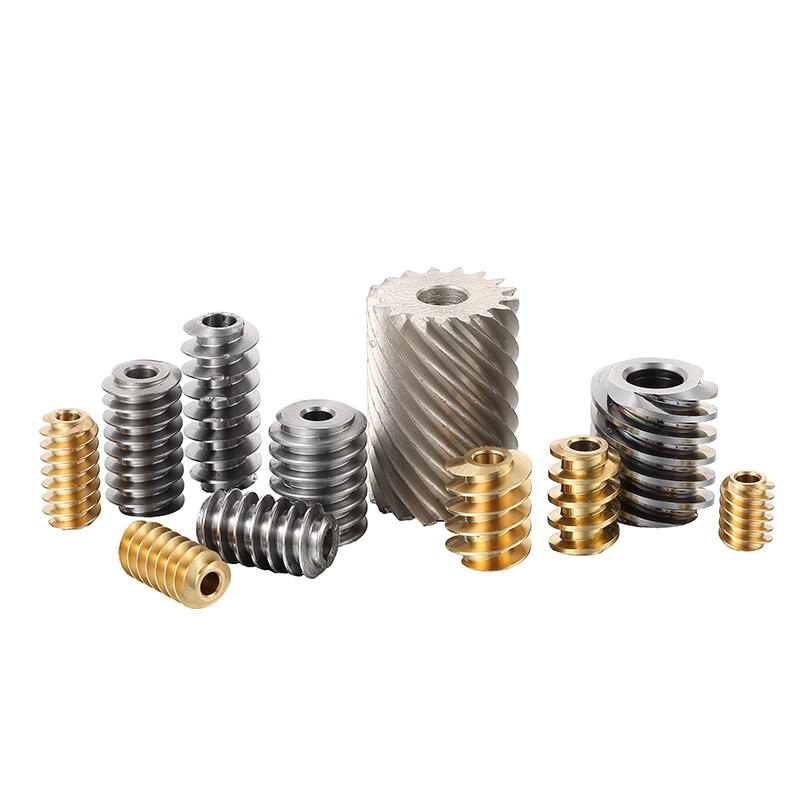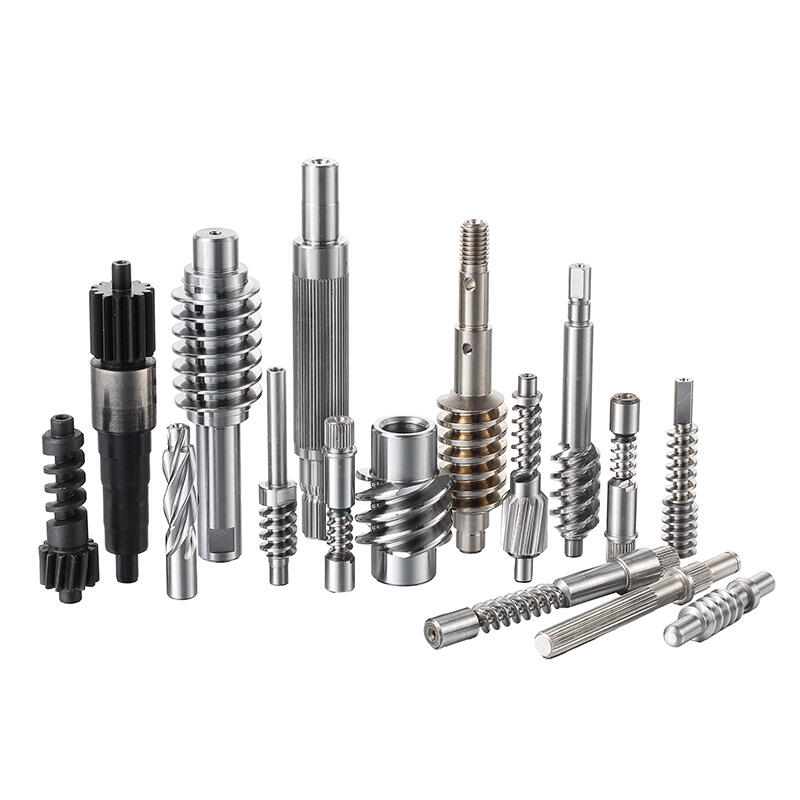교류 발전기 내 정류자
자동차용 알터네이터의 컴뮤테이터는 기계적 에너지를 전기 에너지로 변환하는 데 중요한 역할을 하는 핵심적인 기계식 스위칭 장치입니다. 이 필수 부품은 동축상에 절연된 구리 세그먼트들로 구성된 원통형 어셈블리로서, 알터네이터 샤프트에 장착되어 있습니다. 컴뮤테이터는 탄소 브러시와 함께 작동하여 알터네이터의 회전부와 정지부 사이에서 전류를 전달하는 역할을 합니다. 로터가 회전함에 따라 컴뮤테이터 세그먼트는 브러시와 접촉 및 차단되며 직류의 지속적인 흐름을 생성합니다. 설계에는 단락 회로를 방지하기 위해 마이카 또는 다른 절연 물질로 분리된 정밀하게 제작된 구리 세그먼트들이 포함됩니다. 현대의 컴뮤테이터는 내열성 화합물 및 특수 코팅 처리 같은 첨단 소재와 제조 기술을 적용하여 내구성과 효율성을 향상시키고 있습니다. 고도로 설계된 이 부품은 자동차 응용 분야부터 산업용 발전 시스템까지 다양한 운전 조건에서 신뢰성 있는 성능을 보장합니다. 컴뮤테이터의 정기적인 유지보수, 즉 브러시 교체 및 표면 청소는 알터네이터의 최적 성능과 수명 연장을 위해 필수적입니다. 재료 과학과 제조 공정에서의 혁신에 따라 컴뮤테이터 기술은 계속 진화하고 있으며, 이는 효율성 향상과 유지보수 필요성 감소로 이어지고 있습니다.


